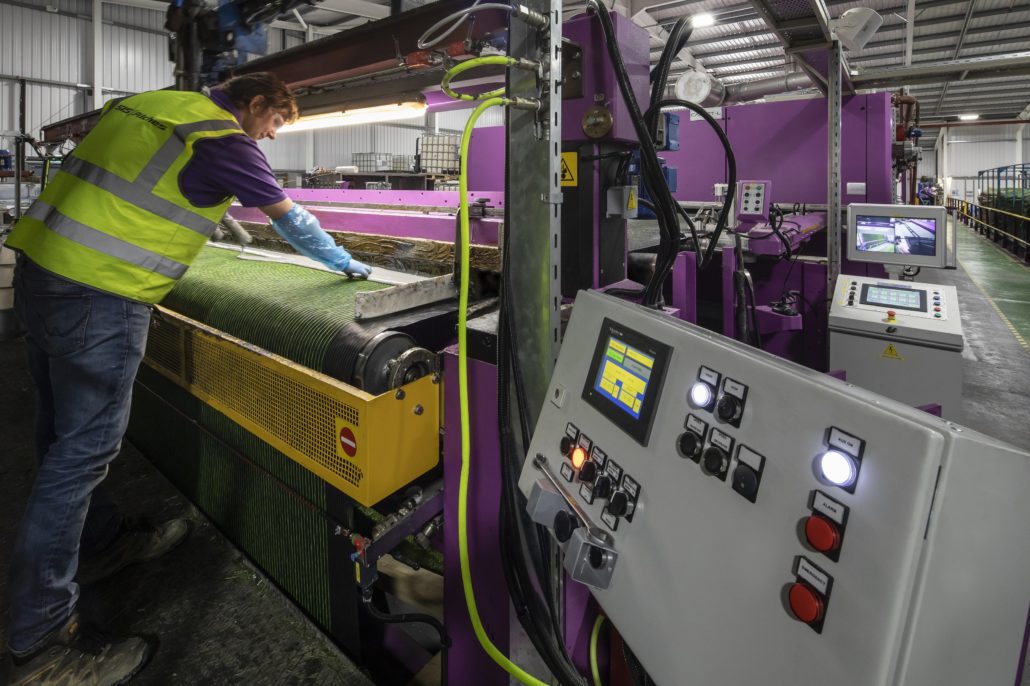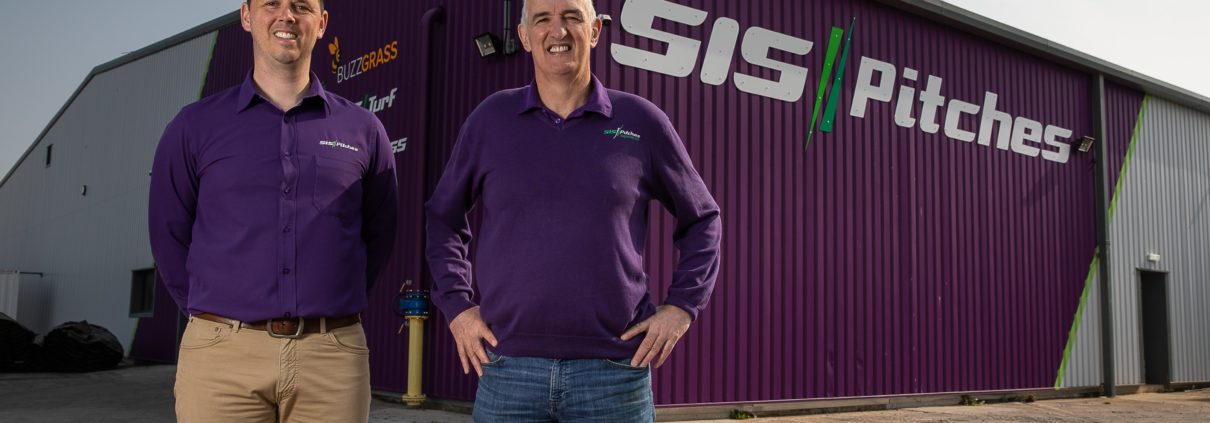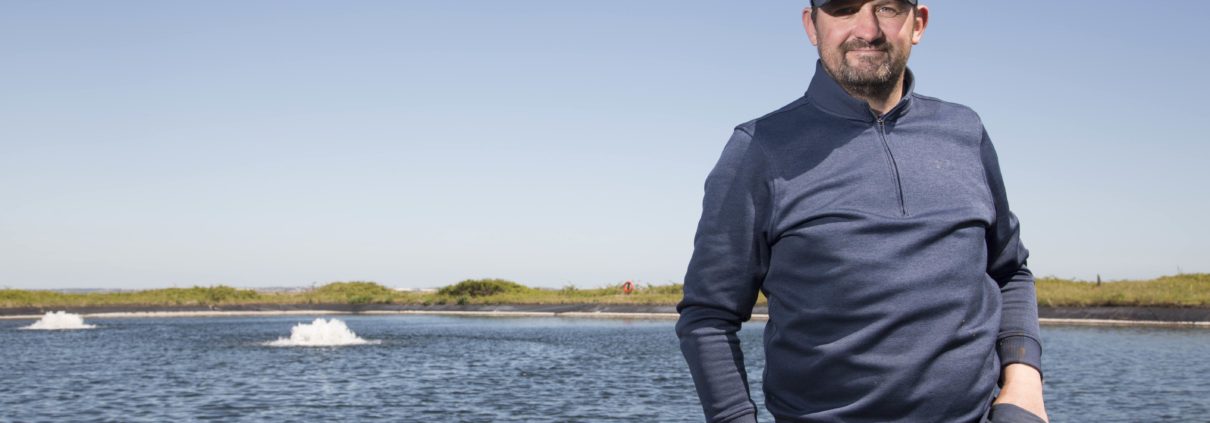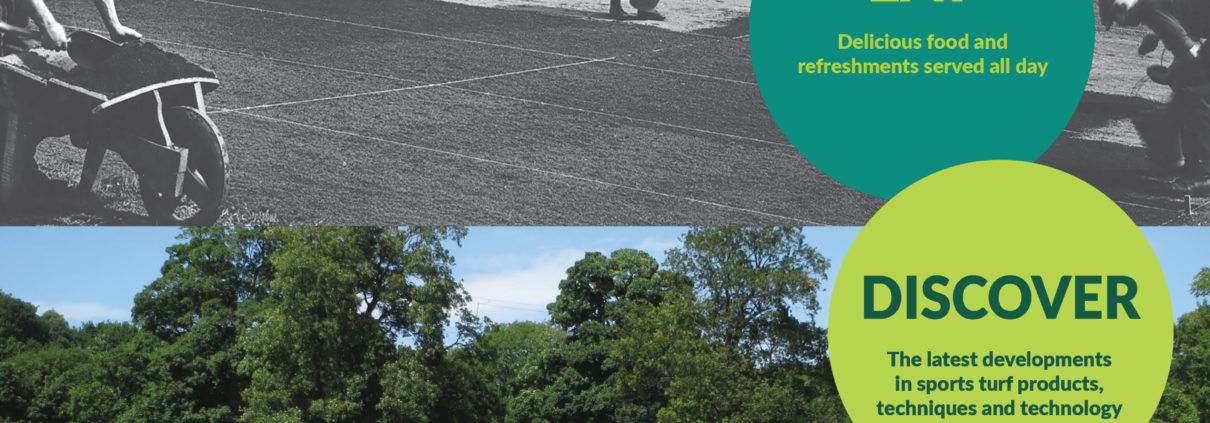SIS Synthetic Turf Innovation
SIS Synthetic Turf Innovation: One of the world’s leading turf manufacturers has enhanced its diverse product range, following a £1.8m investment in a new factory and technology.
Industry-leading SIS Pitches, based in Cumbria, has developed its products to extend the life of its 3G pitches and improve overall player experience.

The improvements could see pitches last up to 10 years – two years more than the industry standard.
Exclusively available from SIS Pitches, the SISTurf Xtreme and SISTurf Xtreme Ultra products features a new premium yarn.
The yarn is made in the UK with specially developed polymer to create a natural look and feel. The new technology makes the product more resilient, improves performance and increases durability.
Both products use SISGrade infill made from Ethylene Propylene Diene Monomer (EPDM). It is both fire resistant and odourless, making it ideal for indoor use. The product is highly resistant to ageing, weathering and UV. It also conforms to the strictest REACH and EN safety standards.
SISTurf Xtreme and SISTurf Xtreme Ultra also feature a SISBond polyurethane premium backing which has been specially engineered to provide a much stronger and durable backing than other systems. It is primarily used for elite performance, providing enhanced fibre retention and improved moisture-resistance.
SIS Pitches is a full-service provider in specialist sports pitches and landscaping grass. Last year, they designed, constructed and installed SISGrass hybrid pitches at six 2018 World Cup venues, including the Luzhniki Stadium pitch for the opening match and the final.
Luke Edwards, SIS Pitches technical director, said: “We have evolved our product range and are excited to offer our best-performing yarn to date.
“Both SISTurf Xtreme and SISTurf Xtreme Ultra include our premium infill and backing systems, and deliver outstanding performance, durability and resilience.
“Our synthetic pitches are being used all around the world in a variety of sports and we are vey proud to be able to make these products available to our customers.”

Last month, SIS Pitches reaffirmed its commitment to UK manufacturing when it announced its new turf production facility in Maryport. The new factory, which covers an area of more than 2,100 square metres, is one of the most technologically-advanced production facilities in Europe, designed to deliver high quality, long-lasting synthetic surfaces.
The factory utilises the latest technology in thermal insulation, LED lighting, laser-fire detection and advanced cladding systems, while the new backing plant will be the most advanced turf backing system in the UK.
George Mullan, SIS Pitches owner and CEO said: “Our new state-of-the-art factory features world-leading turf production technology and provides us with the platform to increase our production volumes.
“We can produce pitches six times faster than before which equates to more than six million square metres of turf every year.
“At SIS Pitches, we are always looking at ways to stay one step ahead and these recent improvements in innovation and technology reaffirm our position as the market leader in the manufacturing of synthetic turf.”
For more information, please visit the SIS Pitches website: http://www.sispitches.com
For the latest industry news visit turfmatters.co.uk/news
Get all of the big headlines, pictures, opinions and videos on stories that matter to you.
Follow us on Twitter and Instagram for fun, fresh and engaging content.
You can also find us on Facebook for more of your must-see news, features, videos and pictures from Turf Matters.

















